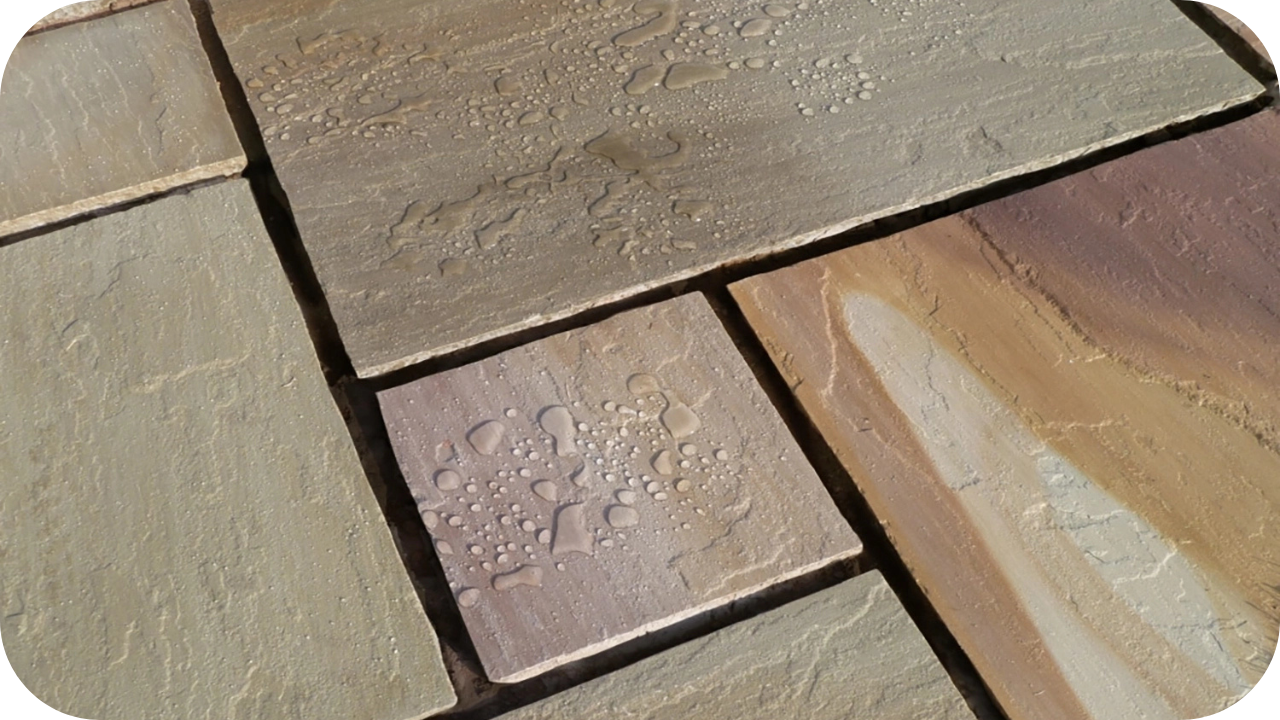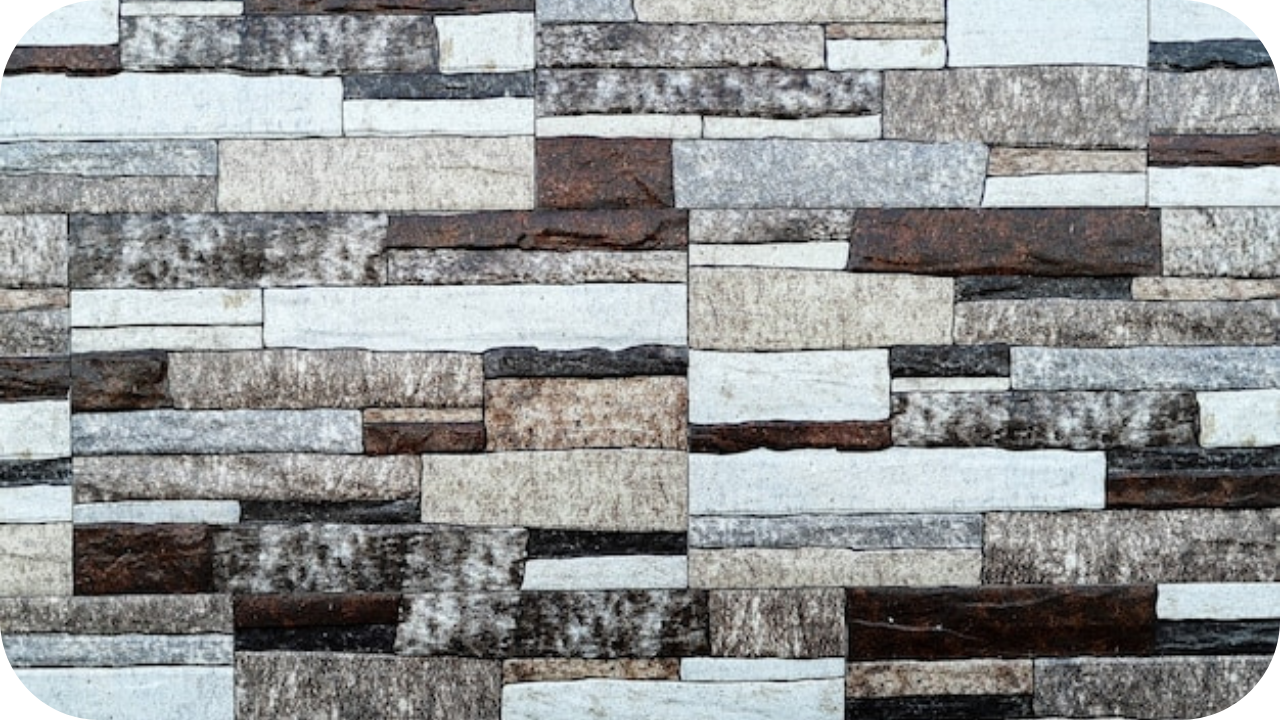Z Panels are becoming increasingly popular in Australian homes and commercial projects. Their sleek design, insulation properties, and eco-friendliness make them an excellent choice for modern construction.
However, like any innovative product, myths and misconceptions about Z Panels have emerged, often misleading potential users.
Are they truly difficult to install? Are they as durable as promised? Let’s tackle these myths head-on. By the end, you’ll know the facts and see why Z Panels are a game-changer for your next project.
1. Z Panels are Not Durable
Some believe Z Panels can’t withstand Australia’s harsh weather conditions. This couldn’t be further from the truth. Z Panels are designed to endure extreme climates, from scorching summers to heavy rain. Their robust construction makes them resistant to cracks, warping, and wear.
These panels are made using advanced materials like fibre-reinforced cement and high-strength adhesives. This ensures they stay strong and intact for decades. Unlike traditional materials that may rot, rust, or degrade over time, Z Panels maintain their integrity even in challenging environments like coastal areas.
When properly installed and maintained, Z Panels can last for decades. Homeowners and builders in Australia have already trusted them for projects requiring long-lasting, low-maintenance solutions. Durability is one of their standout features.
2. Z Panels are Susceptible to Fire
Safety concerns are natural, but Z Panels are designed with fire resistance in mind. They are made from non-combustible materials, which means they can significantly slow the spread of flames. Many Z Panels meet or exceed fire safety standards, making them a safe option for residential and commercial properties.
In areas prone to bushfires, their fire-resistant properties provide an added layer of protection. Z Panels are not only durable but also contribute to the overall safety of your structure.
3. Z Panels Installation is Complicated and Requires Professional Help
Many think installing Z Panels is a complex task that only professionals can handle. While expertise is always beneficial, Z Panels are designed with user-friendly features. Their lightweight design makes handling and positioning straightforward. For DIY enthusiasts with basic tools and guidance, installation is entirely achievable.
Builders and homeowners can confidently follow step-by-step guidelines to ensure seamless application. For larger or more intricate projects, hiring professionals can save time, but it’s not an absolute necessity.
Additionally, Z Panels are manufactured with precise interlocking systems, reducing the need for extensive cutting or adjustments. This ensures faster installations with minimal waste. Whether you’re a seasoned builder or a first-time renovator, Z Panels simplifies the process without compromising on results.
4. Z Panels Don’t Perform Well in High Winds
Some assume lightweight materials like Z Panels may not withstand strong winds, especially in storm-prone areas. This is untrue. Z Panels are engineered to meet strict building codes and are tested for wind resistance. Proper installation ensures they remain secure and stable, even during high winds.
Their interlocking system and sturdy construction allow them to handle challenging weather conditions without detaching or warping. This makes them a reliable choice for Australian homes in cyclone-prone regions.
5. Z Panels Have Limited Design Options
A common misconception is that Z Panels only offer basic, uninspired designs. This idea stems from outdated perceptions of pre-fabricated materials. In reality, Z Panels are available in a wide range of textures, colours, and finishes. From sleek modern styles to more traditional looks, they can complement any architectural vision.
Z Panels can mimic natural materials like stone or wood, offering the same aesthetic appeal without the drawbacks of heavy maintenance. Their adaptability allows homeowners to achieve customised designs that blend seamlessly with their surroundings.
Different suppliers provide options tailored to different preferences and project types. Whether you’re designing a bold, contemporary exterior or aiming for a classic, timeless look, Z Panels provide the flexibility to bring your ideas to life.
Far from being limited, the variety of finishes and applications make Z Panels a favourite among architects and designers seeking both function and style.
6. Z Panels Are Only Suitable for Exterior Use
It’s often thought that Z Panels are only for exterior cladding, but they can be used in various applications. Their versatility makes them suitable for interior designs, such as feature walls, partitioning, or decorative panels. They are lightweight yet strong, making them a practical option for both indoor and outdoor projects.
Their aesthetic appeal and easy customisation open the door to creative applications. Whether it’s an accent wall in a living room or cladding for a facade, Z Panels can do it all.
7. Z Panels Are Expensive
Cost is often a concern for anyone embarking on a construction or renovation project. Z Panels may initially seem more expensive than some traditional materials, but they offer incredible value in the long run. Their durability and energy efficiency translate to significant savings over time.
Unlike materials that require regular repairs, painting, or sealing, Z Panels are virtually maintenance-free. This reduces upkeep costs, which can quickly add up with other materials. Additionally, their insulation properties help lower energy bills, especially in Australia’s varying climate.
When considering both the upfront cost and long-term savings, Z Panels often prove to be the more economical choice. They’re not just an investment in materials but also peace of mind.
8. Z Panels Are Not Environmentally Friendly
Sustainability is a growing priority in construction and some question whether Z Panels align with eco-friendly values. The answer is yes—Z Panels are an environmentally responsible choice. They are made using sustainable materials and processes, with minimal waste during production.
Their long lifespan means fewer replacements are needed, reducing material consumption over time. Additionally, their excellent insulation properties contribute to energy efficiency, helping homeowners lower their carbon footprint by reducing heating and cooling demands.
Choosing Z Panels is a step towards greener living without compromising on quality or performance. For environmentally conscious builders and homeowners, Z Panels are a reliable option.
9. Z Panels are High Maintenance and Difficult to Care For
Some believe that Z Panels require frequent cleaning or specialised care to maintain their appearance. In reality, these panels are engineered for low maintenance. Their smooth surfaces resist dirt accumulation, making them easy to clean with just water and a mild detergent.
Z Panels are also resistant to mould, mildew, and pests, unlike timber or porous materials. This makes them ideal for Australian conditions, where high humidity or insect activity can pose challenges. Routine care involves occasional washing to remove dust or debris, which takes little effort.
Their durability and resistance to environmental factors mean homeowners can enjoy a beautiful exterior without spending excessive time or money on upkeep.
10. Z Panels Aren’t Worth the Investment
Some people hesitate to invest in Z Panels, thinking they won’t add enough value to their property. This is far from true. Z Panels improve energy efficiency, reduce maintenance costs, and enhance a building’s overall aesthetic. These benefits translate to increased property value over time.
Buyers are increasingly drawn to homes that incorporate sustainable and low-maintenance materials. Z Panels not only improve functionality but also boost a property’s appeal in the market.
Conclusion
Z Panels combine durability, affordability, design flexibility, and sustainability, making them a top choice for modern construction. The myths surrounding them often stem from outdated or incorrect information. By understanding the facts, you can make informed decisions for your next project.
Transform your building vision into reality. Reach out to us and learn how Z Panels can enhance your home or business. It’s time to move forward with confidence.
More To Explore

How to Tell If Stone Is Porous or Not
When selecting stone for your home or project, knowing whether it’s porous can make a huge difference. Porosity affects how your stone absorbs water, stains,

Split Face Stone: What It Is and When to Use It
Looking for a unique, durable material to elevate your next project? Split face stone might be the perfect choice. Known for its textured finish and


